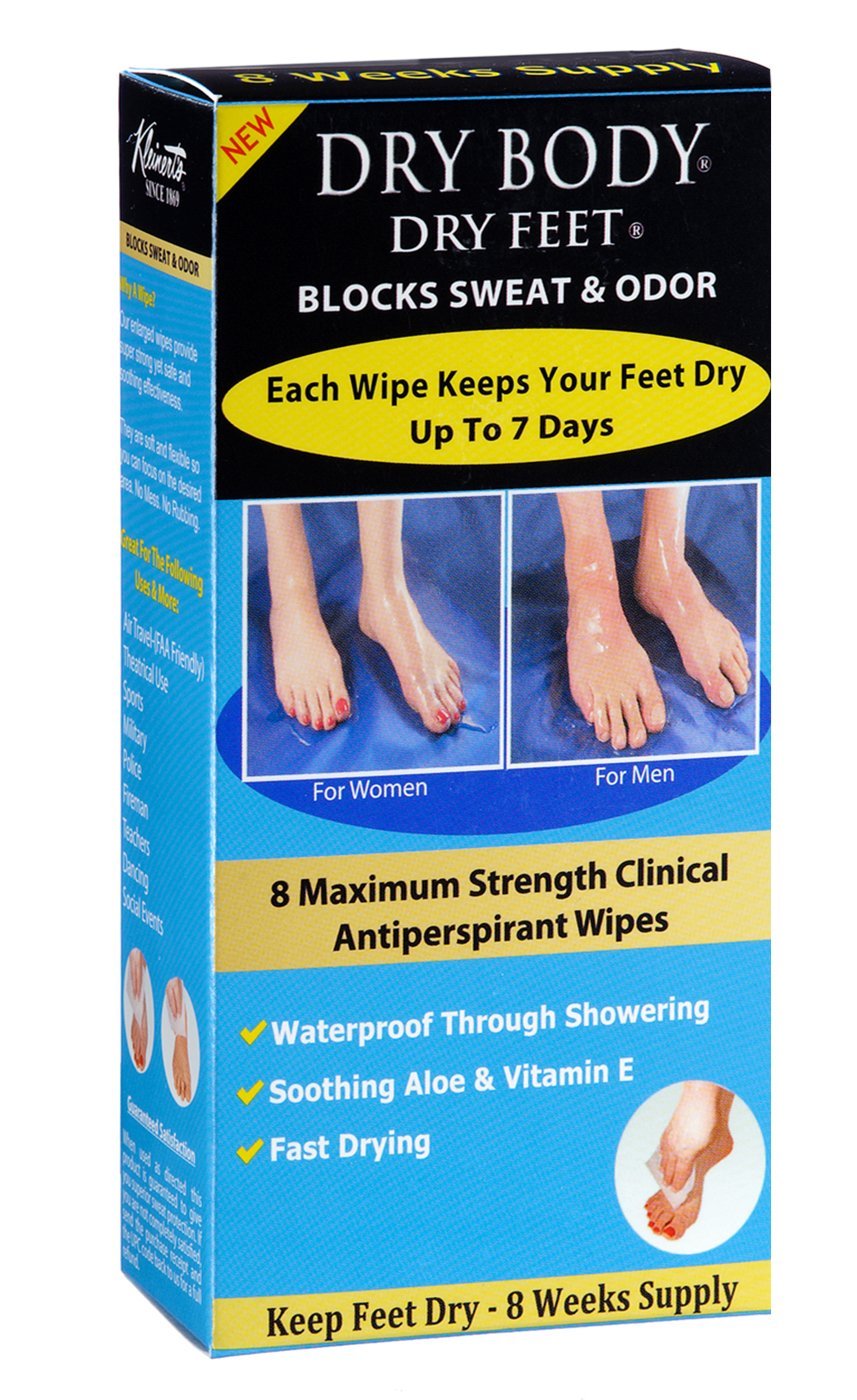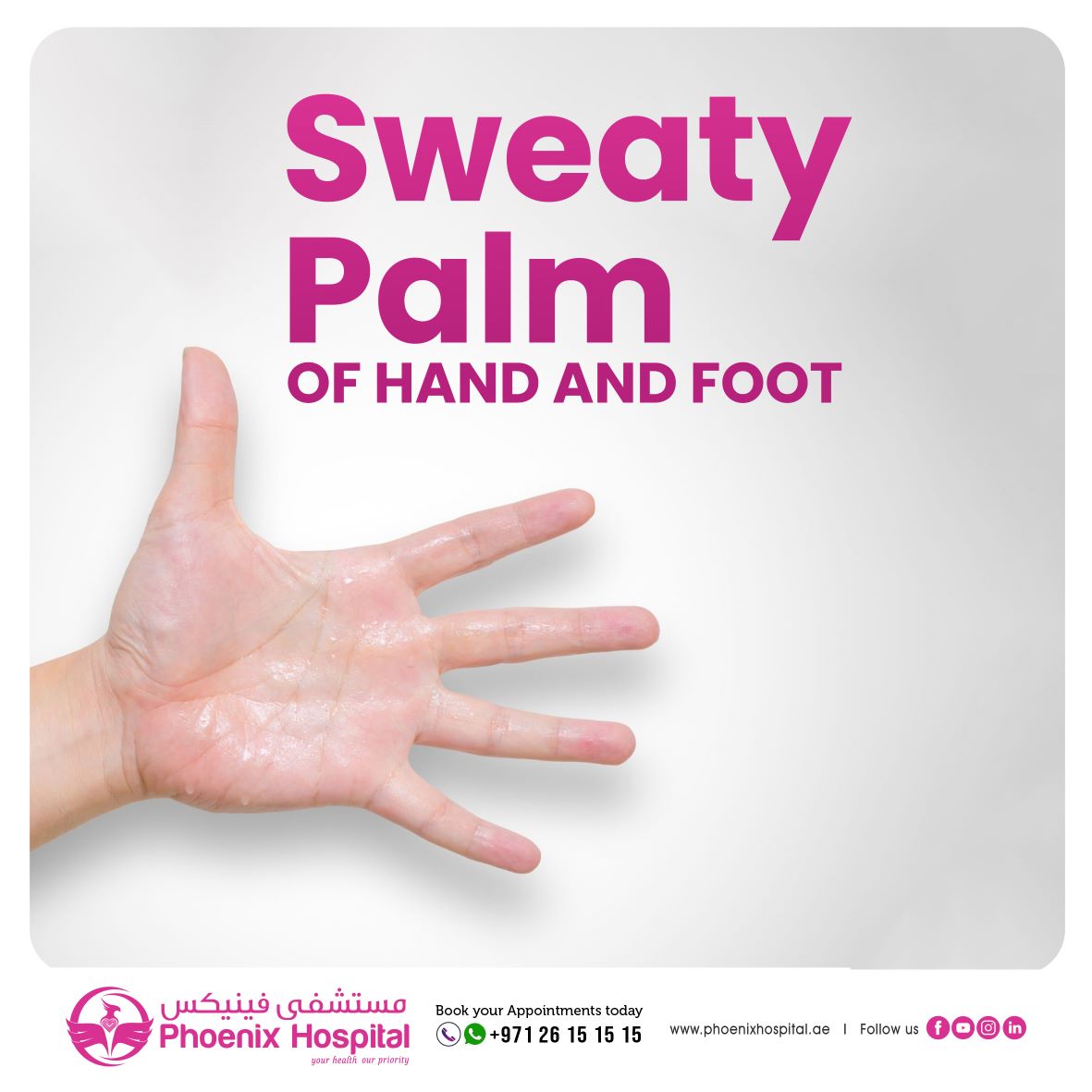Understanding Excessive Sweating: Dermatology Insights on How to Stop Sweaty Hands
Understanding Excessive Sweating: Dermatology Insights on How to Stop Sweaty Hands
Blog Article
Introducing the Intricacies of Excessive Sweating: A Comprehensive Overview to Diagnosis and Monitoring
Excessive sweating, clinically known as hyperhidrosis, is a condition that impacts a considerable number of individuals and can have an extensive impact on their high quality of life. While sweating is an all-natural physical feature, its overactivity in hyperhidrosis provides a distinct collection of difficulties that usually go beyond mere discomfort.

Understanding Hyperhidrosis Causes
Hyperhidrosis causes can be attributed to various elements such as genes, hormonal inequalities, and specific medical problems. Genes play a substantial function in primary focal hyperhidrosis, where individuals inherit the problem from their household participants. By identifying the particular aspects adding to extreme sweating, health care carriers can tailor therapy strategies to resolve the underlying cause, using alleviation and boosting the top quality of life for individuals impacted by hyperhidrosis.
Acknowledging Hyperhidrosis Effects

Moreover, hyperhidrosis symptoms may show up in emotional and social distress, as individuals may feel ashamed or anxious concerning their sweating, causing avoidance of social scenarios (Sweaty hands treatment). Furthermore, repeated episodes of too much sweating can lead to skin maceration, fungal infections, and a general decrease in self-esteem
Diagnostic Process for Hyperhidrosis
Starting the diagnostic procedure for too much sweating entails extensive evaluation of the individual's medical background and health examination. Making inquiries concerning the start, duration, and triggers of sweating episodes is vital to distinguish in between primary focal hyperhidrosis and secondary generalized hyperhidrosis. Case history should also include concerns regarding medicines, medical conditions, and family history of hyperhidrosis.
During the physical exam, particular interest is paid to the locations affected by sweating. The health care company might assess the extent of sweating, check for indications of underlying problems, and evaluate the influence of sweating on the individual's lifestyle. Furthermore, certain tests like the gravimetric test, starch-iodine test, or skin conductance measurements might be conducted to measure the quantity of sweat produced.
Moreover, in cases where additional hyperhidrosis is thought, extra tests such as blood examinations, urine tests, and imaging researches might be recommended to identify the underlying source of extreme sweating. The diagnostic process aims to properly establish the kind and source of hyperhidrosis to direct proper management strategies.
Therapy Choices for Hyperhidrosis
When attending to too much sweating, numerous therapy choices are readily available to reduce signs and improve the person's quality of life. The treatment technique for hyperhidrosis depends on the intensity of symptoms and the individual's reaction to initial treatments.
Topical treatments, such as aluminum-based antiperspirants, are frequently recommended as the very first line of protection for handling light cases of hyperhidrosis. For people with more severe symptoms, dental drugs like anticholinergics may be recommended to help lower sweating.

Effective Management Techniques
To efficiently handle hyperhidrosis, a individualized and thorough therapy strategy tailored to the client's details needs and action to previous treatments is vital. This plan might integrate a combination of healing approaches, consisting of way of life alterations, topical therapies, dental drugs, botulinum toxin shots, iontophoresis, and in extreme situations, medical interventions like gland removal or sympathectomy. Lifestyle modifications such as using moisture-wicking clothes, making use of antiperspirants, and exercising stress-reducing strategies can complement medical interventions. Topical antiperspirants including light weight aluminum chloride are frequently the first-line therapy, with stronger formulas available for immune situations. Dental medicines like anticholinergics may be recommended for generalised hyperhidrosis. Botulinum toxin injections work for focal hyperhidrosis, providing short-lived alleviation by blocking the release of acetylcholine. Iontophoresis, including making use of a low electrical present to reduce gland task, can be advantageous for both palmoplantar and axillary hyperhidrosis. Surgical choices are typically reserved for severe, refractory situations and need mindful factor to consider of advantages and risks. A multidisciplinary approach involving dermatologists, health care doctors, and, if essential, specialists, can maximize the monitoring of hyperhidrosis.
Conclusion
In verdict, hyperhidrosis is a condition identified by extreme sweating, which can substantially impact a person's top quality of life. With appropriate diagnosis and administration methods, individuals enduring from hyperhidrosis can find alleviation and improve their overall well-being.
Excessive sweating, medically understood as hyperhidrosis, is a problem that affects i thought about this a significant number of people and can have a profound effect on their top quality of life. By identifying the specific elements contributing to excessive sweating, medical care suppliers can customize treatment plans to address the underlying cause, using relief and boosting the high quality of life for people impacted by hyperhidrosis.
Hyperhidrosis, characterized by excessive sweating past what is necessary for managing body temperature, can considerably affect a person's high quality of life. Inquiring about the beginning, duration, and sets off of sweating episodes is vital to differentiate in between primary focal hyperhidrosis and second generalized hyperhidrosis. Sweaty hands treatment.In verdict, hyperhidrosis is a condition defined by excessive sweating, which can substantially influence a person's quality of life
Report this page